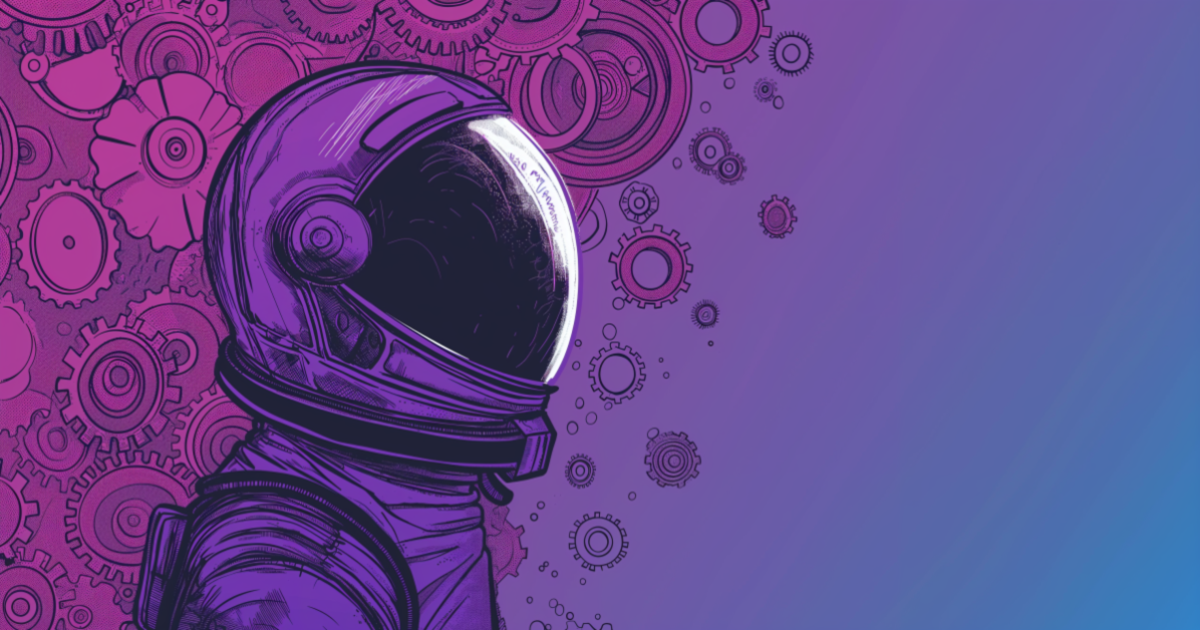You don't transform a company with Excel and PowerPoint 2/2 - Measurement & Assessments

In the previous article, we emphasized the crucial role of clear success criteria in transformation initiatives. Without these, transformations are often doomed, lacking the necessary engagement and distribution to succeed.
However, creating a clear set of practices and aligning on how we know they are adopted is only one dimension of a transformation initiative. It faces more challenges as you go into its operationalization.
Fixing: No Measurement
It's fascinating how organizations sometimes don't know what's happening with their employees. Don't think I'm exaggerating: We've been watching agile transformations for 15 years, and while most leaders have opinions about their organizations' agile maturity, it's often very hard for them to indicate which departments or squads are more mature and why. And the leaders' opinions rarely align with the teams' feelings.
You all know the adage, "You can't manage what you don't measure, " which certainly holds true for coaching and transformation initiatives. Yet, most coaches, experts, and leaders of centers of excellence remain ill-equipped to assess the maturity levels of the teams and people they need to support.
How can you establish a successful assessment approach in the context of a human-first transformation and coaching initiative?
Binary
People need clarity: The main question is always "Am I there?" It's a yes/no question. Assessments must clearly state whether change is still needed to drive behavioural change.Continuous
Just as in people management, yearly assessments are a waste of time and resources. In transformation initiatives, continuous measurement is critical. It enables short feedback loops, which are vital for driving behavioural change. This is why we firmly believe in creating dedicated technology to support complex transformation and improvement initiatives.Scalable
Hiring one consultant to assess a few people or teams is easy. Hiring hundreds to evaluate thousands of people or teams is not viable. Some organizations are just too big to assess how they work efficiently, which is crazy. That is why technology is crucial to enabling successful transformations.
Homeric: Benchmarking & Monitoring
Measuring and assessing how people and teams work is at the heart of any coaching and improvement initiative. It's not about controlling and policing but more about developing people in a direction that will benefit both them and the company.
One of the core innovations of the Homeric platform is embedding assessments into playbooks by design. Each practice comes with success criteria that are used to evaluate whether a given practice is applied (Binary).
Using polls, surveys, or integrations with tools like Jira, Confluence, or Office, Homeric can also automate assessments by collecting and processing data and updating the practice status at any time (Continuous).
Because Homeric is a piece of technology, it can be used by one team or a thousand without needing more time or budget, unlike consultants. (Scalable).

For the first time, domain experts, coaches, and practice leaders can leverage data-driven scorecards to prioritize and adapt their work, prove and maximize their impact, and finally deliver successful transformations.
(Feel free to book a demo; we'll happily show you how transformative our platform is!)

